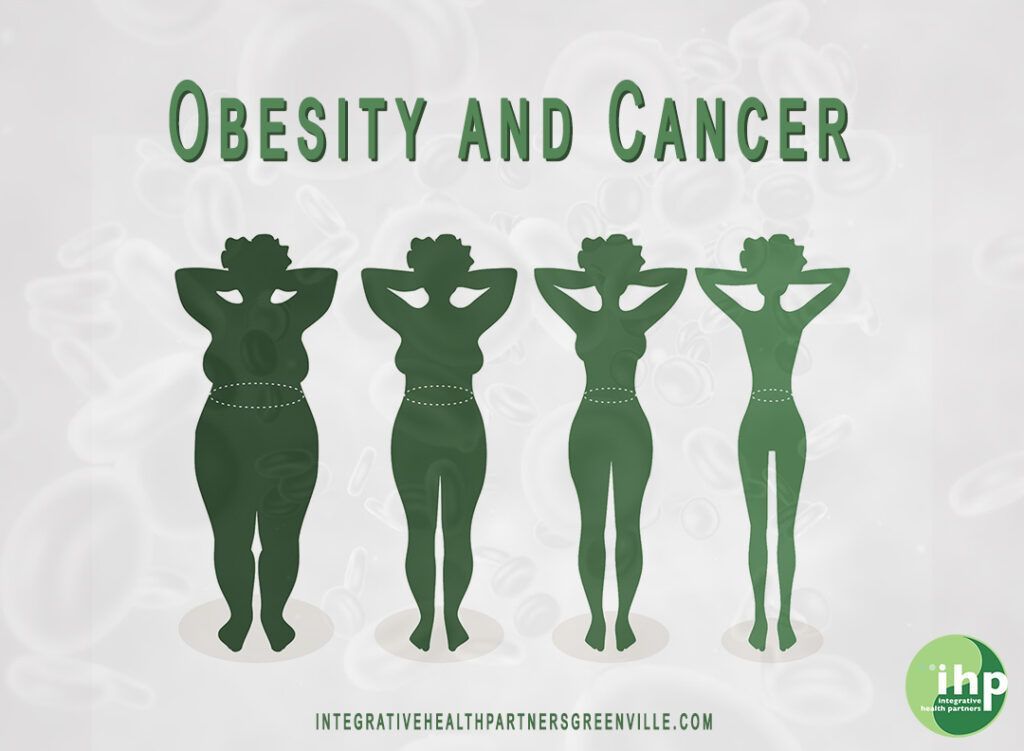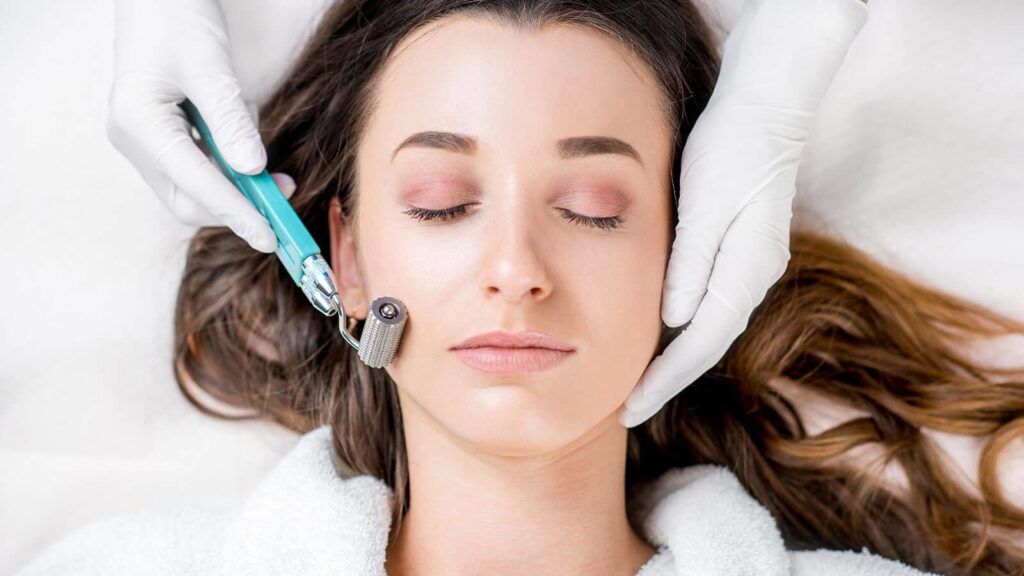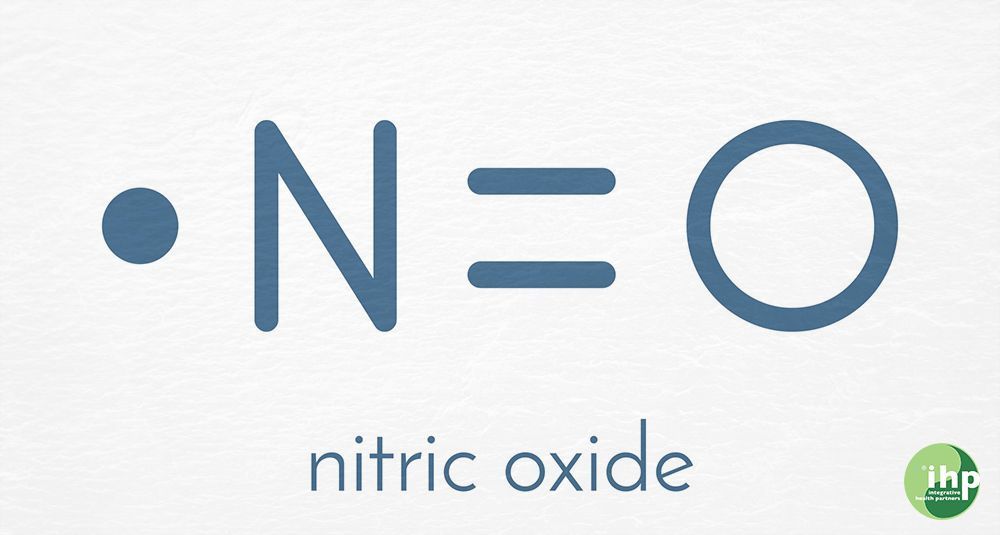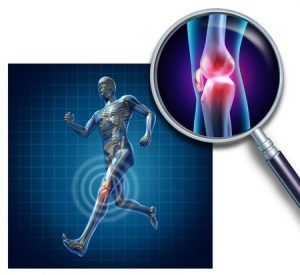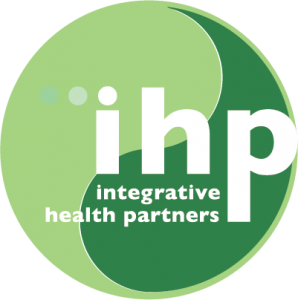What is Dermal Needling?
- History of Dermal Needling

Dermal needling, also known as microneedling, has roots in traditional Asian medicine, where needling techniques were historically used to treat the skin and promote healing. Over centuries, these practices laid the groundwork for modern dermal therapies. In the 1990s, dermal needling gained widespread popularity when the introduction of dermal rollers, made possible by advancements in manufacturing, allowed for the efficient production of affordable and standardized tools. This era marked a turning point, with practitioners like Dr. Desmond Fernandes pioneering the use of microneedling rollers for skin rejuvenation. Since then, technology has further refined the practice, leading to the development of automated dermal needling pens.
The Procedure
Dermal needling involves the use of fine needles to create controlled micro-injuries in the skin. These micro-injuries stimulate the body’s natural wound-healing processes, promoting the production of collagen and elastin. The procedure typically follows these steps:
1. Preparation: The skin is cleansed, and a topical anesthetic is applied to minimize discomfort.
2. Needling: The practitioner uses a dermal roller or a dermal needling pen or single needles to puncture the skin in a systematic pattern. The depth of penetration is adjusted based on the treatment goals and the area being treated.
3. Aftercare: Post-treatment, the skin is cleansed, and a soothing serum or mask is applied to reduce inflammation and support healing.
Types of Needles Used
• Manual Rollers: These cylindrical tools are embedded with rows of fine needles. They are cost-effective and suitable for at-home or professional use but require more skill for consistent results.
• Dermal Needling Pens: Automated devices with adjustable needle lengths. They offer precise control, uniform penetration, and are commonly used in professional settings.
• Single-Use Needles: To maintain hygiene and prevent cross-contamination, single-use, sterile needles are essential for all dermal needling procedures.
Single vs. Dermal Needling Pen
• Single Needles:
o Used for small, targeted areas such as individual scars or fine lines.
o Requires more time and precision.
• Dermal Needling Pen:
o Covers larger areas efficiently.
o Provides adjustable depth settings for customized treatments.
o Minimizes operator fatigue and enhances consistency.
Physiological Effects
Dermal needling triggers a cascade of physiological responses:
1. Collagen Induction: The micro-injuries stimulate fibroblasts to produce collagen and elastin, improving skin texture and elasticity.
2. Angiogenesis: Enhanced blood vessel formation improves oxygen and nutrient delivery to the treated area.
3. Wound Healing: The skin’s repair mechanisms are activated, promoting cellular turnover and regeneration.
4. Increased Absorption: Micro-channels created by the needles enhance the absorption of topical serums and active ingredients.
Benefits of Dermal Needling
1. Skin Rejuvenation: Reduces fine lines, wrinkles, and improves skin tone and texture.
2. Scar Reduction: Effective for acne scars, surgical scars, and stretch marks.
3. Hyperpigmentation: Promotes an even skin tone by breaking up areas of hyperpigmentation.
4. Hair Restoration: Stimulates dormant hair follicles when combined with topical treatments.
5. Non-Invasive: Minimal downtime compared to more aggressive skin treatments like chemical peels or laser therapy.
6. Versatility: Suitable for all skin types and a wide range of concerns.
Conclusion
Dermal needling is a versatile and effective treatment with a rich history and growing popularity. Its ability to harness the body’s natural healing processes makes it a preferred choice for skin rejuvenation and scar treatment. With advancements in technology, dermal needling pens have become the gold standard for professional treatments, offering precision, safety, and efficacy.
